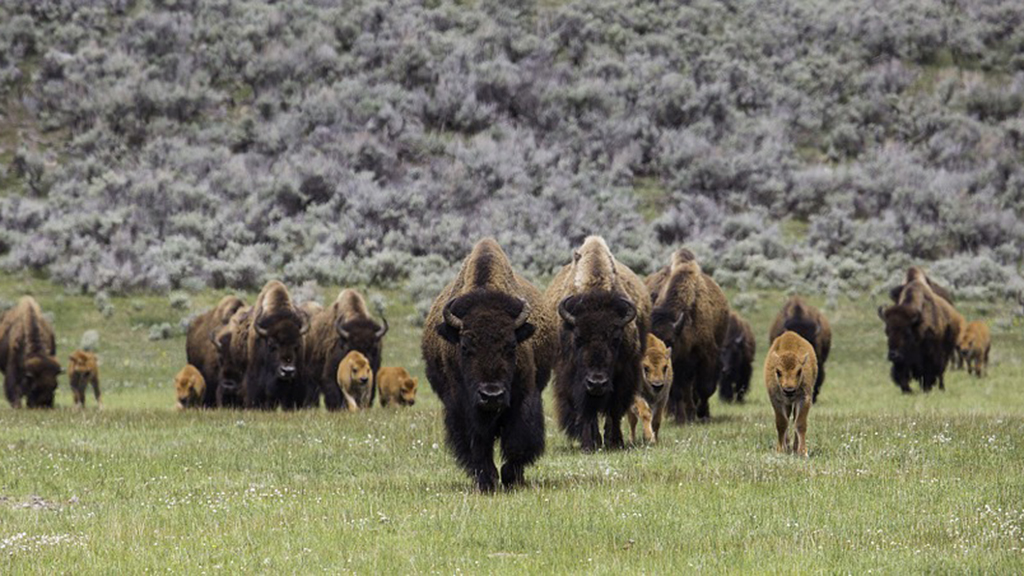Abstract
This case study explores the controversy surrounding Yellowstone bison (Bison bison) and the relationship between wildlife management and pluralist democracy. In the late 1960s Yellowstone National Park suspended the policy of strictly managing bison by culling in favor of "natural processes" management. This led to dramatic herd growth and to bison exiting the park in winter in search of forage. Montana cattle ranchers reacted angrily for fear that the animals would infect their cattle with brucellosis. Since 2000, several government agencies have administered the Interagency Bison Management Plan, which uses culling to manage the population at around 3,000 head. The resumption of culling has upset environmental groups, while the recently approved expansion of bison habitat beyond park boundaries continues to upset ranchers. The ongoing political battle between ranchers, environmentalists, Native American tribes and government agencies shows how difficult it can be to balance legislative mandates, ecological values, and conflicting public demands. The case study may be employed in a variety of courses, including American Government, Public Policy, Interest Groups, Environmental Studies and National Parks.



